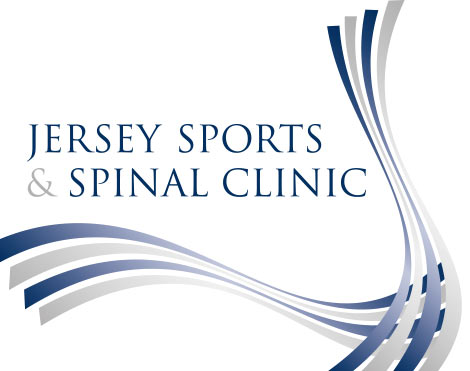Everybody knows some anatomy these days. Anyone under the age of 40 will probably have seen social media posts purporting to give you the best exercises for you to build your glutes. However, most of what you hear from such “gym-fluencers” is about how the bum muscles look. Looks are one thing, but we are much more interested in how your Glutes perform. Why is having big, strong glutes important for your body to function well?
In fact, having strong bum muscles is crucial to good musculoskeletal health.
The glutes are the large, powerful muscles in your bum that help support the pelvis, stabilise the hip joint and allow the hip to move. It influences the trunk and knee too.
The Anatomy:
The gluteal muscles are a group of three separate muscles, each with a unique anatomical structure and function.
The deepest and smallest muscle is called the gluteus minimus, which is very close to the hip joint itself. Overlaying gluteus minimus is the gluteus medius. This one is relatively large and spans the whole outer surface of the pelvis. The gluteus maximus is the largest of the three gluteal muscles and overlays both gluteus medius and minimus. This muscle is what gives the bum its distinctive bum-like shape, but it plays a very important role in the way your body functions.
In combination, the glutei gives rise to many hip movements, and provide shock absorption when you’re walking or running. These muscles work together with your brain to generate a lot of power to hold your body up as gravity tries to pull it down. They also protect the hip joint from impact.
What does this mean?
Reduced strength, muscle imbalance or altered patterns of movement could reduce the muscles’ ability to protect the hip joint and potentially affect a person’s ability to bear weight (for example, when standing on one leg or climbing stairs). It can also have a knock-on consequence for your knees and lower back too.
A reduction in muscle size and an increase in non-active tissue such as fat has been reported in hip conditions such as greater trochanteric pain syndrome (a common type of hip pain, also known as gluteal tendinopathy or tendonitis or bursitis).
The same is also true for hip osteoarthritis, which affects the whole joint. However, it’s worth noting just because you have signs of arthritis on hip x-ray or MRI, it doesn’t mean you will have pain or develop pain.
Having weak glutes can be associated with: low back pain, and patellofemoral pain (pain under the knee cap). Glute strength may even have a role to play in keeping your pelvic floor in good shape (although further research is required)
Help, I have hip pain, what shall I do?
If you do have hip pain, Gluteal muscle strengthening is recommended as the first-line treatment. The right exercise, the right number of sets and reps, the right weight, and the right angle of the hip will make all the difference in your recovery. It’s best to book in with one of our physiotherapists to get the treatment plan that matches your specific needs.
Physiotherapists may prescribe certain exercises to strengthen your glutes and target problems around the hip area. That’s not to say doing your bum exercises will automatically cure all these ailments; each case is unique and involves a range of factors. But having strong glutes is, in general, very important for hip and pelvis stability and function.
No matter if you are a gym-fluencer, a professional sports person, or just a regular bum-owner, having strong glutes will keep you in good stride.
